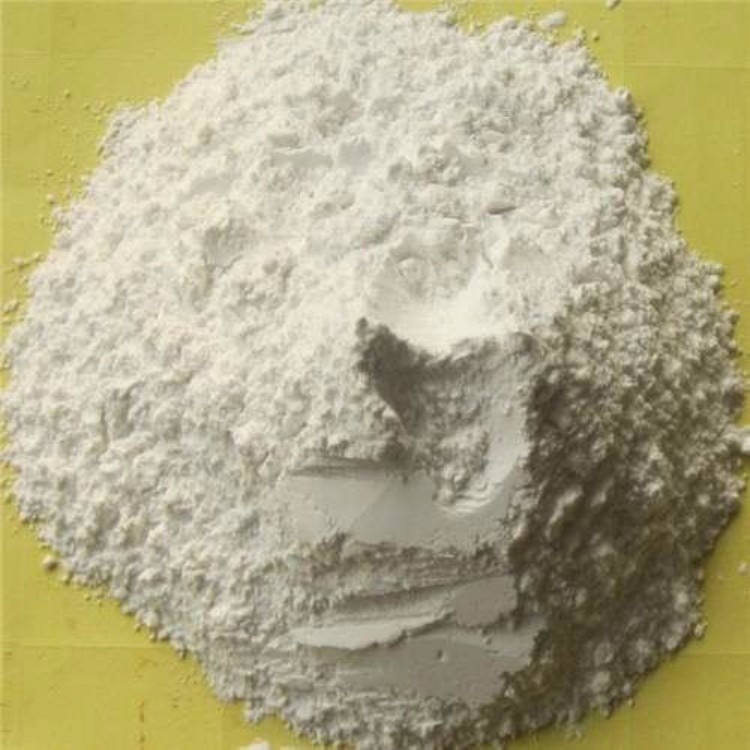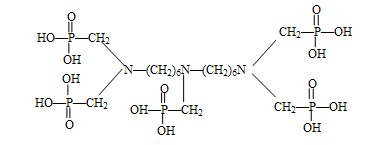What is a chelating agent?
"A metal atom or ion interacts with a ligand containing two or more coordination atoms to form a complex with a ring structure, and the complex is called a chelate. This ligand substance that can generate a chelate is called a chelating agent and becomes a complexing agent. Also called chelating ligand (chelating ligand), chelating group (chelating group), or multi-dentate ligand (mutidentate ligand). The ligand has two or more coordination atoms and forms a chelating ring with a central atom (or ion) simultaneously.
Due to the ring-forming effect of chelating agents, chelates are more stable than non-chelated coordination compounds of similar composition and structure. Most of the chelating agents are organic ligands. The most chelating agents have been found up to fourteen teeth. The ligand atoms in chelating agents are oxygen and nitrogen as the most common, followed by sulfur, phosphorus, arsenic, etc. The use of "chela" to describe such compounds, because the molecular structure is very similar to the "crab" two large "pincers" clamped metal atoms or ions."

What is a chelating agent?
The chelating agent actually uses the product's characteristics to chelate the metal ions in the water to achieve the purpose of softening the water quality.
1. Used as boiling auxiliary
Can disperse dirt and impurities, can chelate and disperse calcium, magnesium ions in the cooking liquid; conducive to the removal of pectin, to prevent the generation of insoluble calcium, magnesium salts, and deposited on the fabric, thereby improving the moisture absorption of fibers and wool efficiency. In the boiling liquid, the amount of chelating and dispersing agent PX-540 is 1-4g/L. 2.
2、Used as bleaching auxiliary
Add PX-540 chelating and dispersing agent in the bleaching solution. The bleaching solution of calcium, magnesium, iron, copper and other metal ions has a significant complexing force to prevent the fabric strength decline and hole generation and significantly improve whiteness. PX-540 can effectively block metal ions, indirectly control the decomposition rate of hydrogen peroxide. The amount of PX-540 chelating and dispersing agent in the bleaching solution is 2-3 g / L.
3、Used as dyeing auxiliary
In dyeing, adding chelating dispersant PX-540 can effectively complex the calcium and magnesium ions in the dyeing solution and have a strong dispersion effect on the dyestuff and paint to prevent the precipitation of dyestuff and improve the vividness and dyeing depth of the dyed products.
4、Add this product in soaping to prevent the staining of dirty color and white background, the dosage is 1-2g/L.
5、Used as a water softening agent, the dosage of chelating and dispersing agent PX-540 is 0.05-0.1

Performance and use:
This product is a multi-purpose organic complex, can soften water quality, as boiling, bleaching process to metal ion complexation; reactive dyes, direct dyes and reducing dyes even dyeing agent, dispersant. Used as boiling auxiliary can disperse dirt and impurities, can chelate and disperse calcium and magnesium ions in the boiling solution. It is conducive to the removal of pectin and prevents the generation of insoluble calcium and magnesium salts which are deposited on the fabric, thus improving the moisture absorption and wool efficiency of the fiber. Used as bleaching auxiliaries in the bleaching solution by adding chelating dispersant PX-540, the bleaching solution of calcium, magnesium, iron, copper and other metal ions have significant complexing power to prevent the fabric strength decline and hole generation, significantly improve whiteness. When dyeing, adding chelating and dispersing agent EN-540 can effectively complex the calcium and magnesium ions in the dyeing solution and have a strong dispersing effect on the dyestuff and paint to prevent precipitation dyestuff.